
Jaume Plensa's 'The Dream' is built on the site of the former Sutton Manor coal mine, which closed in 1991. The sculpture takes the form of the head and neck of a 20 metre high girl coming out of the ground in a dream-like state. A group of ex-miners helped comprise the steering group, as the concept is based on the town's coal mining history, shown in the town's Latin motto 'Ex Terra Lucem' ("Out of the Earth, Light").
Constructed in concrete and Spanish dolomite marble it opened in 2009 and was funded by Arts Council England and Channel 4’s Big Art Project a total cost of £1.8 million. At its unveiling in 2009, Jaume Plensa's said: "in our dreams, anything is possible." (1/2)

The colliery site dates back to 1906. In its heyday it employed 1,500 people. Still highly-productive, It closed in June 1991, with the loss of 450 jobs and an estimated 40 years of coal left in the ground. According to one ex-miner Gary Conley, "It was hotter than the flames of hell in some sections and cold as the Antarctic in others."
The site is now managed as public greenspace by the Forestry Commission. Soil excavated as part of the construction of Trafford Centre were used to cap the spoil heap and enable tree-planting.
'Ex Terra Lucem' was used by Danny Boyle in the opening ceremony of the 2012 London Olympics as a testament to the north's industrial heritage. (2/2)
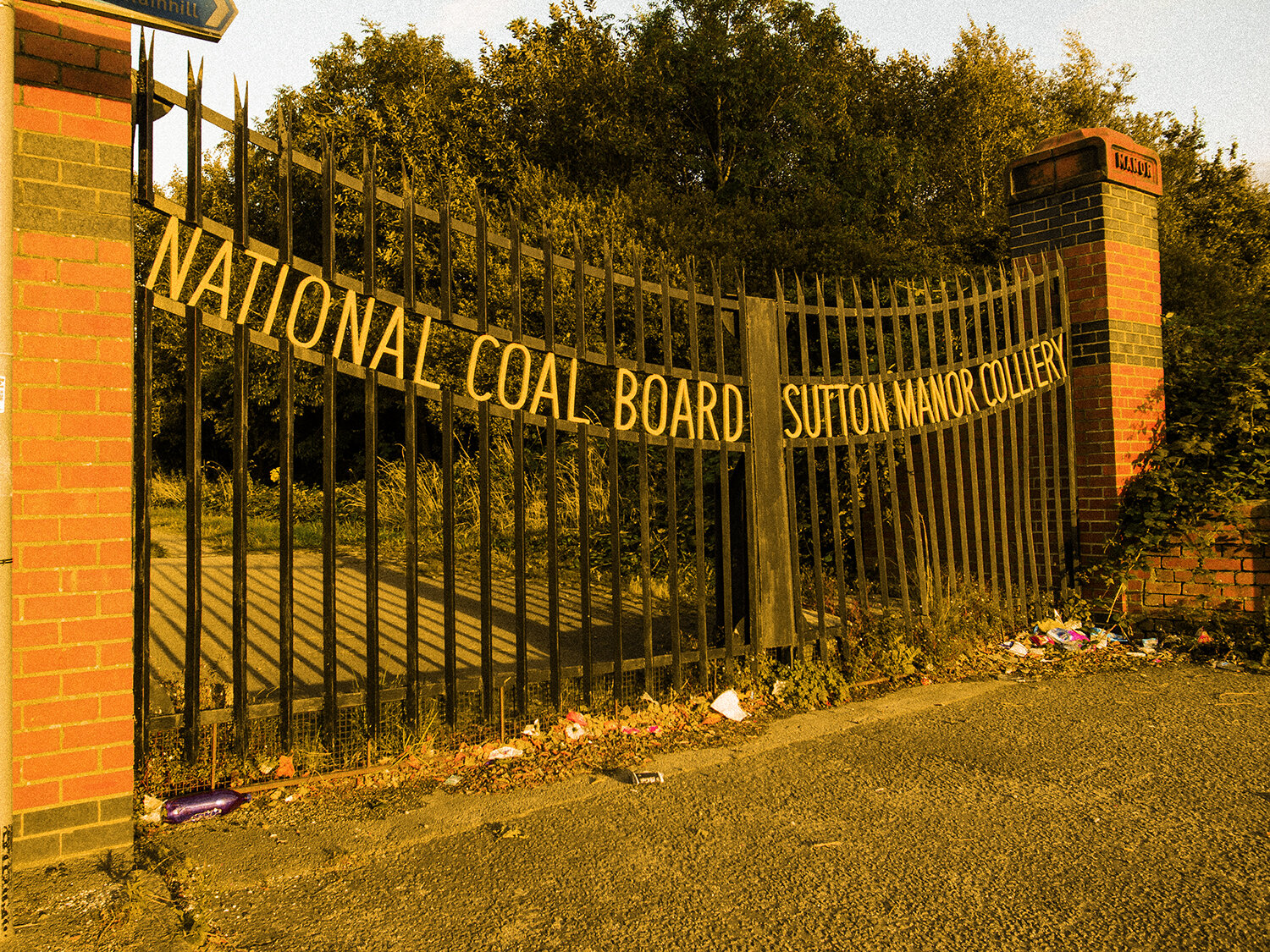
The colliery gates remain.
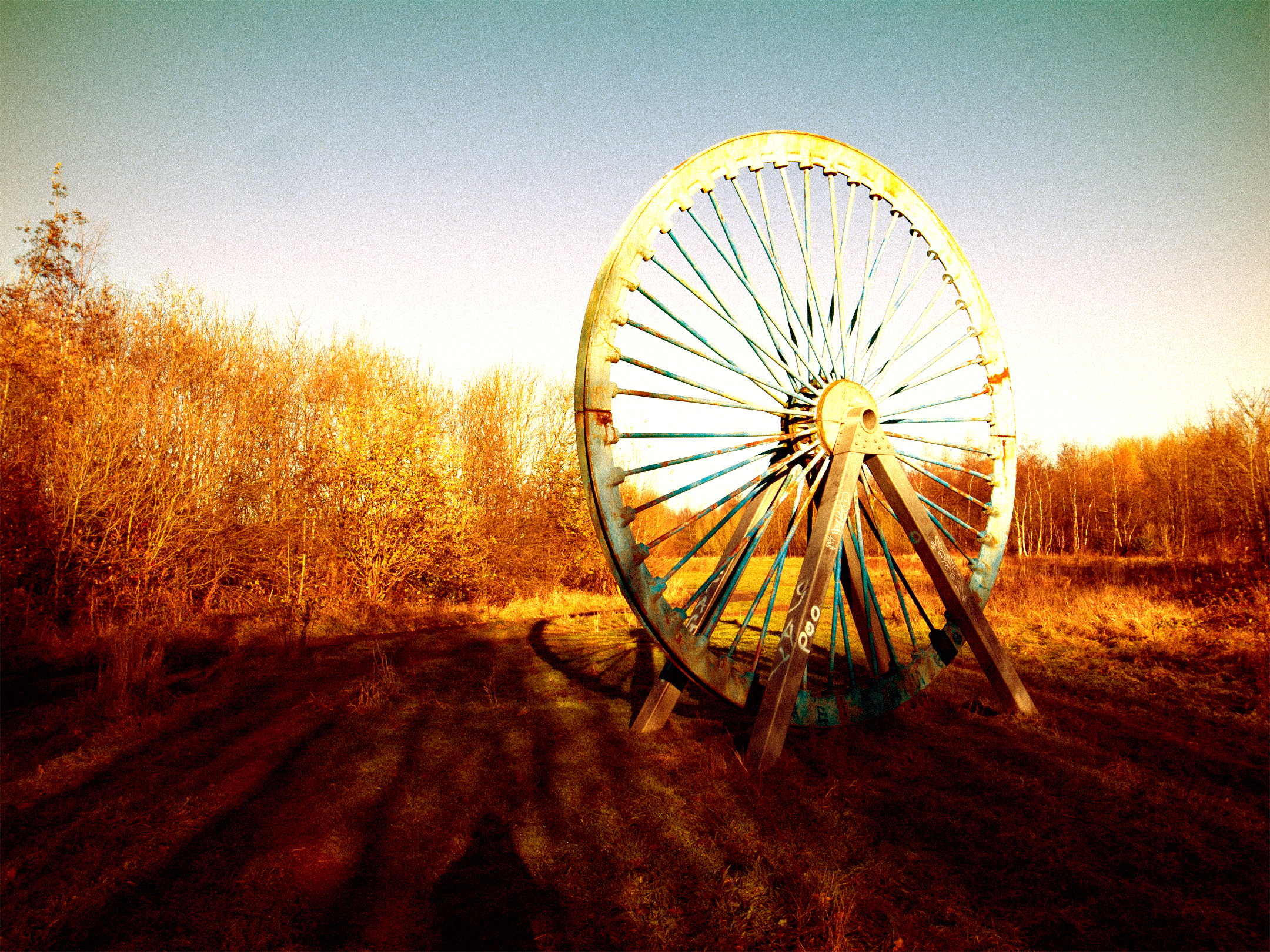
The former Bold Heath coal mine dates back to the 1870s and was a major pit in the South Lancashire coalfield. As a result of nationalisation of coal mines in the 1940s, tests showed that the coal here was the best quality in the town, creating high-demand and leading many to think the pit had a guaranteed long-term future. This is one of the pit-head wheels. (1/2)

Bold colliery became the first Lancashire pit to join the national miners’ strike with workers first downing tools on March 13th 1984 after pickets arrived from Yorkshire. The strikes ended in March 1985 after one of the most bitter disputes in British industrial history. Production here ceased in November 1985 with over 800 jobs lost and a further 500 supply jobs also lost. The site’s two coal-fired power stations also closed. It’s now a nature reserve and a small business centre.

The town also became synonymous with glass manufacturing through Pilkingtons Brothers Limited. The company headquarters, constructed 1937-41, was designed by Herbert J Rowse and Kenneth Cheeseman. Based on the rounded prow of ship, the building features Dudokian-influenced Modernist styling and is Grade II listed.
Seen from McDonald’s, one of three in the town. 1/3

The Pilkington name remains on the building, which remained in use as the company’s headquarters until 1965, when the company moved to a new complex at Alexandra Park.

Attached is a neo-Georgian 1924 block by Sir Arnold Thornely, which was an extension to the original Medland Taylor designed headquarters of 1886, demolished in 1997. it has since been converted into social housing flats and business units and re-named Reflection Court.

The company’s new headquarters was designed by Maxwell Fry and Jane Drew and built between 1959-63. Grade II for its greenfield landscaping and Modernist design, the site comprises the former Museum block (L) the Tower (C) and the Lakeside block (R). A concrete walkway crosses the lake. Water from the lake was drawn to heat and ventilate the offices in the 12-storey tower. This part of the site is still in use.
Pilkington became a wholly-owned subsidiary of the NSG Group in 2006.
(1/2)
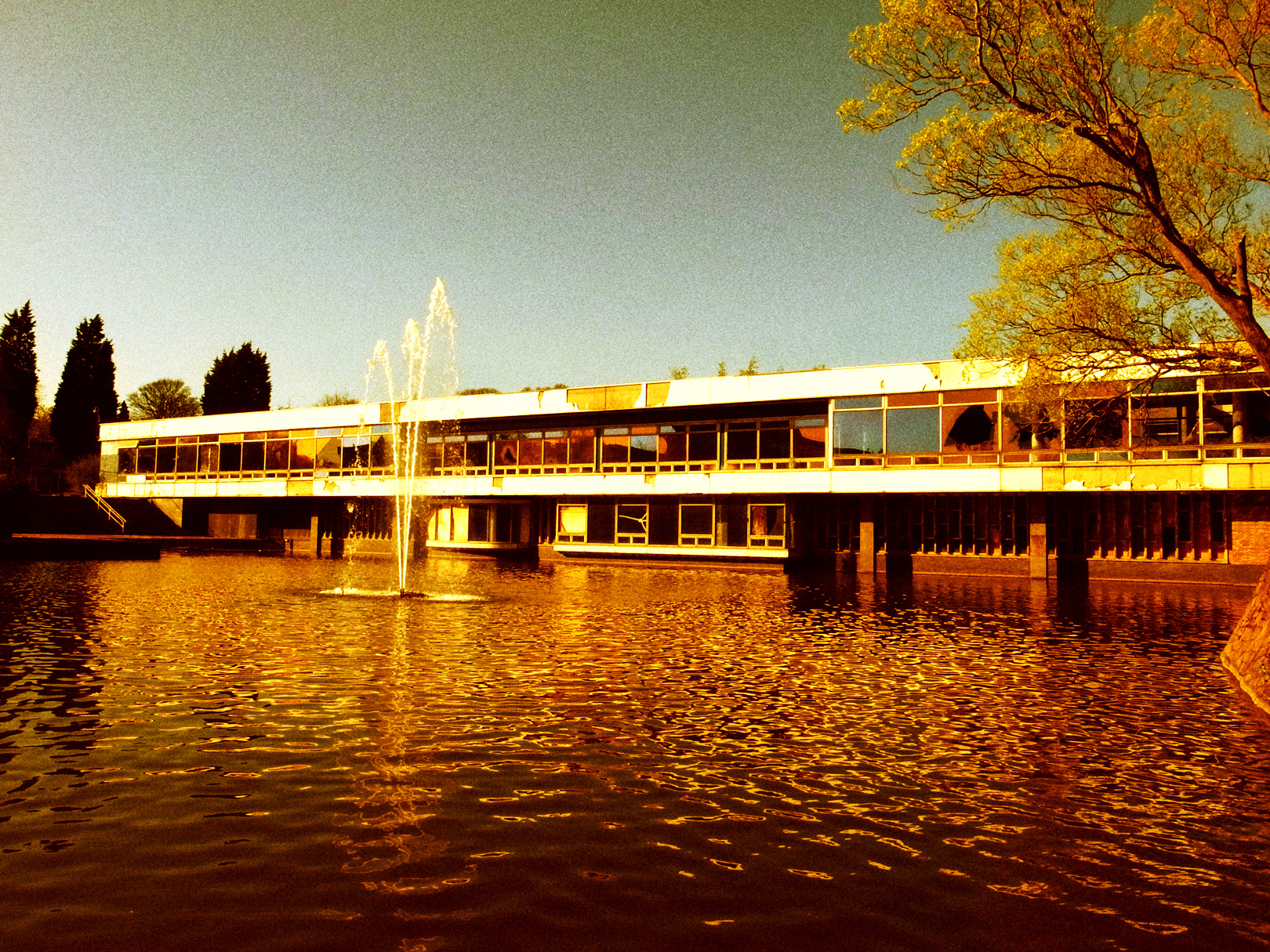
To the right of the Lakeside block is the former Canteen block overlooking the lake. Built to serve 1600 employees, it contained murals by Victor Pasmore. Also part of the Grade II listing, this building is now derelict. (2/2).

No. 9 Tank House was built in 1883. Brick with a slate roof, it was the world’s first continuous regenerative tank glass making furnace built by William Windle Pilkington and designed by James Medland Taylor. Glass was blown into large cylinders then cut, flattened and polished into large sheets. Buttressed on the canal side with an oval cone rising through roof. Grade II* listed and the oldest remaining gas-fired continuous tank furnace in Europe. It’s now part of a glass museum.
Alongside is the Sankey Canal. Thought to be the first canal of the Industrial Age, it was built in 1757 and was used to transport coal to Liverpool and raw sugar to the Sankey Sugar Works at Earlestown. Known locally as ‘The Hotties’ as the water was drawn as a coolant for Pilkington’s Glass. When discharged back to canal the water was so warm it was able to house tropical fish dumped there in the 1960s.

The Triplex company, formed by Reginald Delpech in 1912, pioneered the concept of 'safety glass', celluloid encased by two panes of glass designed not to splinter on impact, from which the factory name was derived. The Pilkington Brothers joined forces with Triplex in 1929 to form the Triplex Safety Glass Company and built a factory on this site in the same year. Triplex later became a subsidiary of Pilkington’s, supplying the car and aerospace industry with safety glass. As the fortunes of its parent company suffered so did the factory and it was demolished in 2008. The factory social club remained on the site, however this too was later knocked down. The site has been redeveloped into housing and a Sainsbury’s.

As local heavy-industry declined and the workforce dwindled, the nearby North and South Eccleston Labour club was demolished in 2015 to make way for an extension to a car showroom.

The former Ravenhead Glass plant was in established 1850 and later incorporated into the United Glass Bottles group after its purchase by the Pilkington Brothers. It specialised in making dimpled beer mugs, champagne glasses and other domestic glass products at this site, which is 53,000 square metres in size. Having employed 5,000 people at its peak, it closed in 2001 with the loss of 200 jobs and a £5 million black hole in the pension fund.
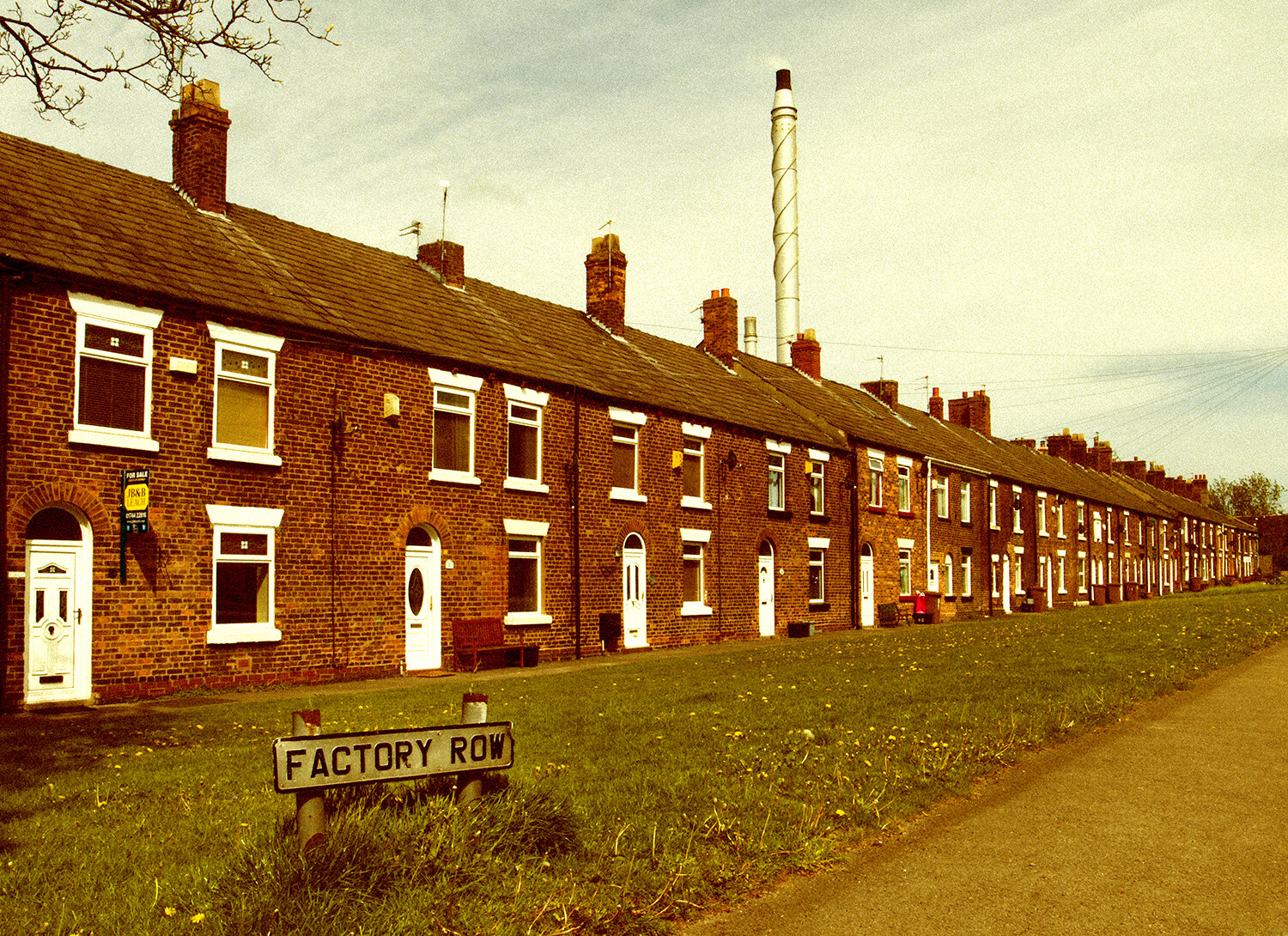
As the demand for labour grew, Factory Row was built in the 1850s to house workers at Ravenhead British Plate Glassworks, latterly Pilkingtons Fibreglass. The site behind is now home to Knauf Insulation.
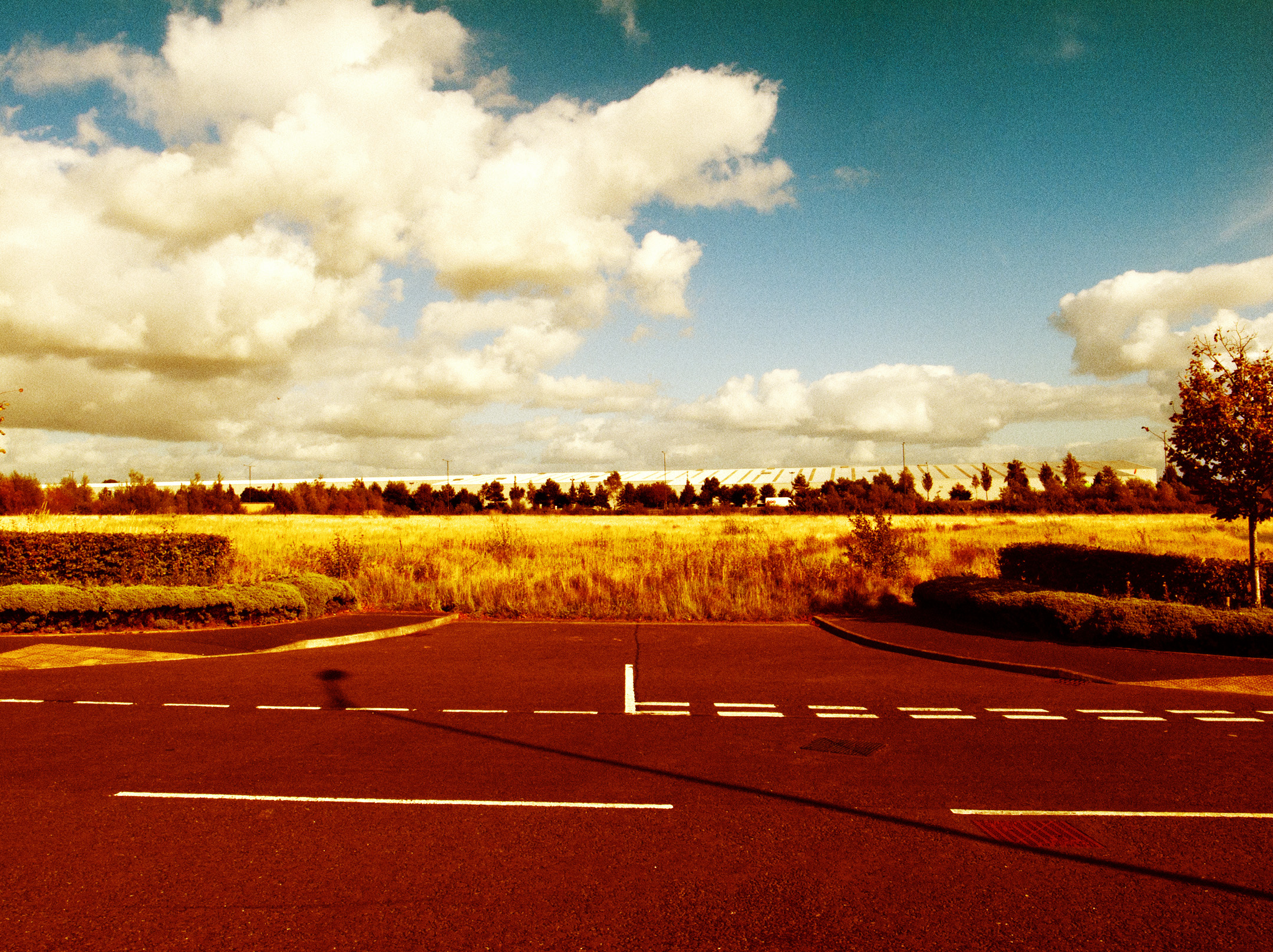
Lea Green Colliery extracted high-quality coal for over 90 years until it closed in 1964. Its adjacency to the Liverpool-Manchester railway and Sutton Heath colliery was of great financial and logistical benefit. The colliery also encompassed Elton Head colliery. Like many pits, dozens of men and boys were killed working here in its lifetime, and it was not uncommon for fathers and sons to work together. The Manchester United 'Busby Babe' goalkeeper Bill Foukes was a miner here in the late 1940s while playing part-time for the club. The site is now undergoing landscaping for housing and warehouses. (1/2).

The first shafts at Lea Green colliery were sunk by James Radley in the 1870s. Radley owned other collieries in the town and became the 4th mayor of St Helens in 1869 and was re-elected three times. His name lives on in this new housing estate, Radley Park, on the site of the colliery. 161 houses are being built here. (2/2)

Built around 1886, the former bottle shop building is brick with a slate roof and an oval cone protruding through the roof. The basement is said to have cast iron columns and beams, with air and gas flues. It is one of only two remaining examples of a glass furnace dedicated to making glass bottles using the Siemens patented tank furnace. It was also used as an air-raid shelter in World War II. Grade II listed and a Scheduled Ancient Monument, the structure is fenced off in a corner of Tesco car park (1/2).
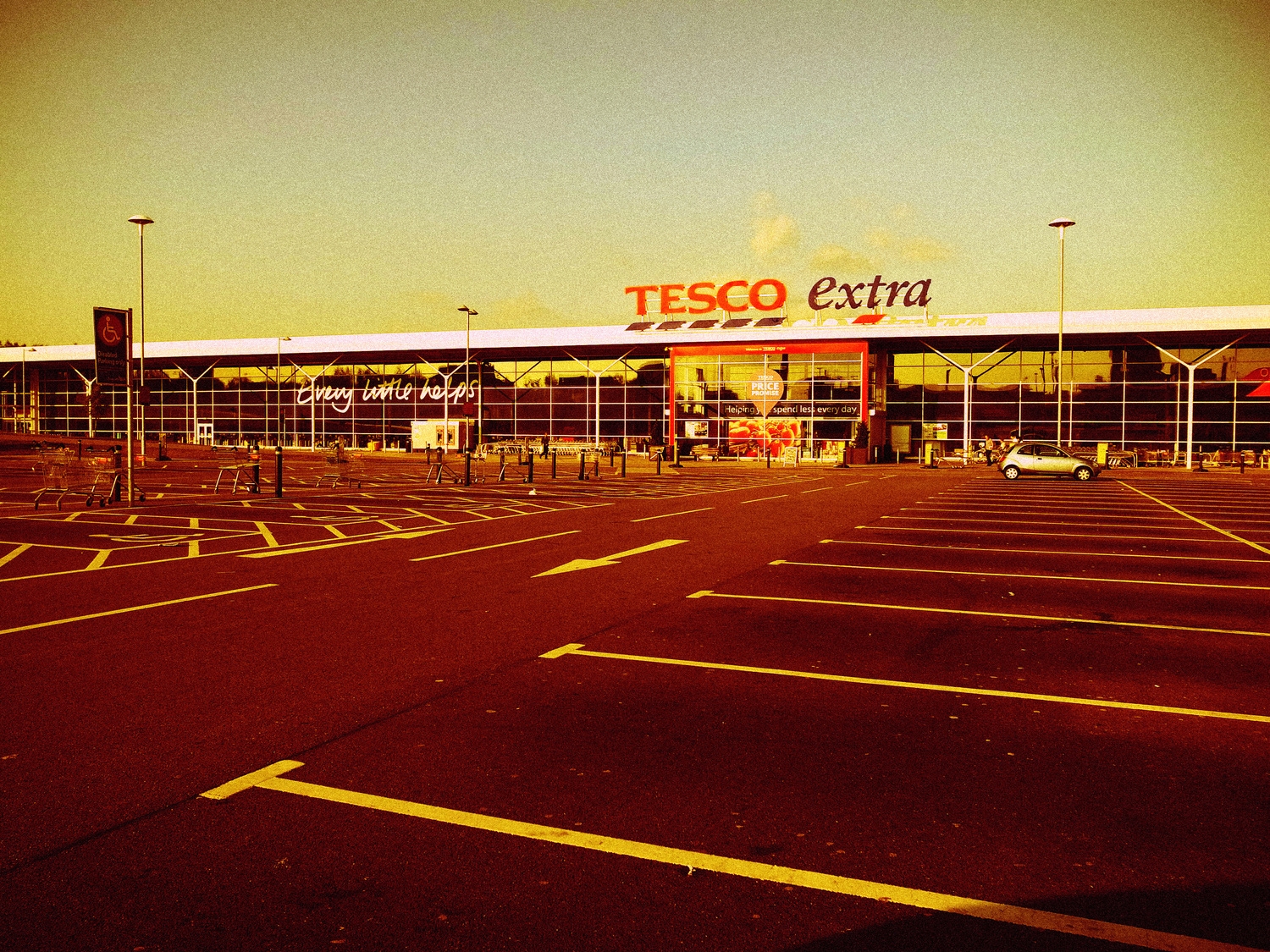
In 1918, Cannington Shaw merged with other bottle makers to form United Glass Bottles Ltd on this site. The factory closed in 2001 with the loss of 374 jobs. The site, 140,000 square metres in size, was redeveloped into the UK's 4th largest Tesco in 2012.
As of 2018, weekly and hourly pay for males and females is lower in St Helens than the north-west of England average. (2/2)



















Jaume Plensa's 'The Dream' is built on the site of the former Sutton Manor coal mine, which closed in 1991. The sculpture takes the form of the head and neck of a 20 metre high girl coming out of the ground in a dream-like state. A group of ex-miners helped comprise the steering group, as the concept is based on the town's coal mining history, shown in the town's Latin motto 'Ex Terra Lucem' ("Out of the Earth, Light").
Constructed in concrete and Spanish dolomite marble it opened in 2009 and was funded by Arts Council England and Channel 4’s Big Art Project a total cost of £1.8 million. At its unveiling in 2009, Jaume Plensa's said: "in our dreams, anything is possible." (1/2)
The colliery site dates back to 1906. In its heyday it employed 1,500 people. Still highly-productive, It closed in June 1991, with the loss of 450 jobs and an estimated 40 years of coal left in the ground. According to one ex-miner Gary Conley, "It was hotter than the flames of hell in some sections and cold as the Antarctic in others."
The site is now managed as public greenspace by the Forestry Commission. Soil excavated as part of the construction of Trafford Centre were used to cap the spoil heap and enable tree-planting.
'Ex Terra Lucem' was used by Danny Boyle in the opening ceremony of the 2012 London Olympics as a testament to the north's industrial heritage. (2/2)
The colliery gates remain.
The former Bold Heath coal mine dates back to the 1870s and was a major pit in the South Lancashire coalfield. As a result of nationalisation of coal mines in the 1940s, tests showed that the coal here was the best quality in the town, creating high-demand and leading many to think the pit had a guaranteed long-term future. This is one of the pit-head wheels. (1/2)
Bold colliery became the first Lancashire pit to join the national miners’ strike with workers first downing tools on March 13th 1984 after pickets arrived from Yorkshire. The strikes ended in March 1985 after one of the most bitter disputes in British industrial history. Production here ceased in November 1985 with over 800 jobs lost and a further 500 supply jobs also lost. The site’s two coal-fired power stations also closed. It’s now a nature reserve and a small business centre.
The town also became synonymous with glass manufacturing through Pilkingtons Brothers Limited. The company headquarters, constructed 1937-41, was designed by Herbert J Rowse and Kenneth Cheeseman. Based on the rounded prow of ship, the building features Dudokian-influenced Modernist styling and is Grade II listed.
Seen from McDonald’s, one of three in the town. 1/3
The Pilkington name remains on the building, which remained in use as the company’s headquarters until 1965, when the company moved to a new complex at Alexandra Park.
Attached is a neo-Georgian 1924 block by Sir Arnold Thornely, which was an extension to the original Medland Taylor designed headquarters of 1886, demolished in 1997. it has since been converted into social housing flats and business units and re-named Reflection Court.
The company’s new headquarters was designed by Maxwell Fry and Jane Drew and built between 1959-63. Grade II for its greenfield landscaping and Modernist design, the site comprises the former Museum block (L) the Tower (C) and the Lakeside block (R). A concrete walkway crosses the lake. Water from the lake was drawn to heat and ventilate the offices in the 12-storey tower. This part of the site is still in use.
Pilkington became a wholly-owned subsidiary of the NSG Group in 2006.
(1/2)
To the right of the Lakeside block is the former Canteen block overlooking the lake. Built to serve 1600 employees, it contained murals by Victor Pasmore. Also part of the Grade II listing, this building is now derelict. (2/2).
No. 9 Tank House was built in 1883. Brick with a slate roof, it was the world’s first continuous regenerative tank glass making furnace built by William Windle Pilkington and designed by James Medland Taylor. Glass was blown into large cylinders then cut, flattened and polished into large sheets. Buttressed on the canal side with an oval cone rising through roof. Grade II* listed and the oldest remaining gas-fired continuous tank furnace in Europe. It’s now part of a glass museum.
Alongside is the Sankey Canal. Thought to be the first canal of the Industrial Age, it was built in 1757 and was used to transport coal to Liverpool and raw sugar to the Sankey Sugar Works at Earlestown. Known locally as ‘The Hotties’ as the water was drawn as a coolant for Pilkington’s Glass. When discharged back to canal the water was so warm it was able to house tropical fish dumped there in the 1960s.
The Triplex company, formed by Reginald Delpech in 1912, pioneered the concept of 'safety glass', celluloid encased by two panes of glass designed not to splinter on impact, from which the factory name was derived. The Pilkington Brothers joined forces with Triplex in 1929 to form the Triplex Safety Glass Company and built a factory on this site in the same year. Triplex later became a subsidiary of Pilkington’s, supplying the car and aerospace industry with safety glass. As the fortunes of its parent company suffered so did the factory and it was demolished in 2008. The factory social club remained on the site, however this too was later knocked down. The site has been redeveloped into housing and a Sainsbury’s.
As local heavy-industry declined and the workforce dwindled, the nearby North and South Eccleston Labour club was demolished in 2015 to make way for an extension to a car showroom.
The former Ravenhead Glass plant was in established 1850 and later incorporated into the United Glass Bottles group after its purchase by the Pilkington Brothers. It specialised in making dimpled beer mugs, champagne glasses and other domestic glass products at this site, which is 53,000 square metres in size. Having employed 5,000 people at its peak, it closed in 2001 with the loss of 200 jobs and a £5 million black hole in the pension fund.
As the demand for labour grew, Factory Row was built in the 1850s to house workers at Ravenhead British Plate Glassworks, latterly Pilkingtons Fibreglass. The site behind is now home to Knauf Insulation.
Lea Green Colliery extracted high-quality coal for over 90 years until it closed in 1964. Its adjacency to the Liverpool-Manchester railway and Sutton Heath colliery was of great financial and logistical benefit. The colliery also encompassed Elton Head colliery. Like many pits, dozens of men and boys were killed working here in its lifetime, and it was not uncommon for fathers and sons to work together. The Manchester United 'Busby Babe' goalkeeper Bill Foukes was a miner here in the late 1940s while playing part-time for the club. The site is now undergoing landscaping for housing and warehouses. (1/2).
The first shafts at Lea Green colliery were sunk by James Radley in the 1870s. Radley owned other collieries in the town and became the 4th mayor of St Helens in 1869 and was re-elected three times. His name lives on in this new housing estate, Radley Park, on the site of the colliery. 161 houses are being built here. (2/2)
Built around 1886, the former bottle shop building is brick with a slate roof and an oval cone protruding through the roof. The basement is said to have cast iron columns and beams, with air and gas flues. It is one of only two remaining examples of a glass furnace dedicated to making glass bottles using the Siemens patented tank furnace. It was also used as an air-raid shelter in World War II. Grade II listed and a Scheduled Ancient Monument, the structure is fenced off in a corner of Tesco car park (1/2).
In 1918, Cannington Shaw merged with other bottle makers to form United Glass Bottles Ltd on this site. The factory closed in 2001 with the loss of 374 jobs. The site, 140,000 square metres in size, was redeveloped into the UK's 4th largest Tesco in 2012.
As of 2018, weekly and hourly pay for males and females is lower in St Helens than the north-west of England average. (2/2)